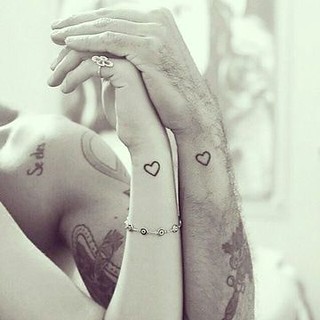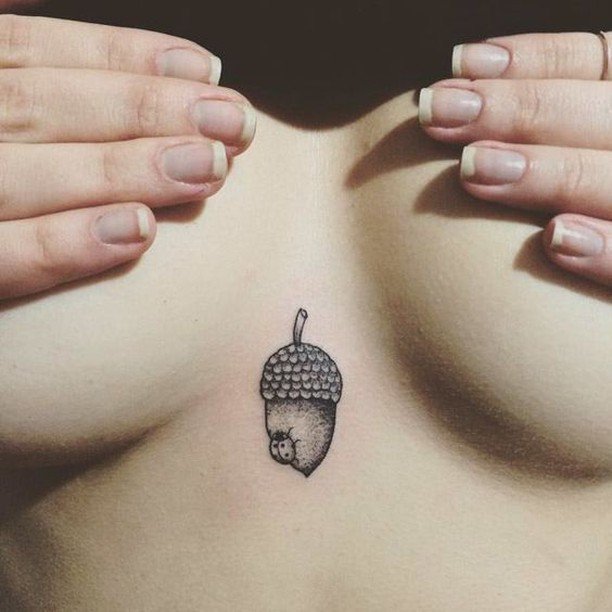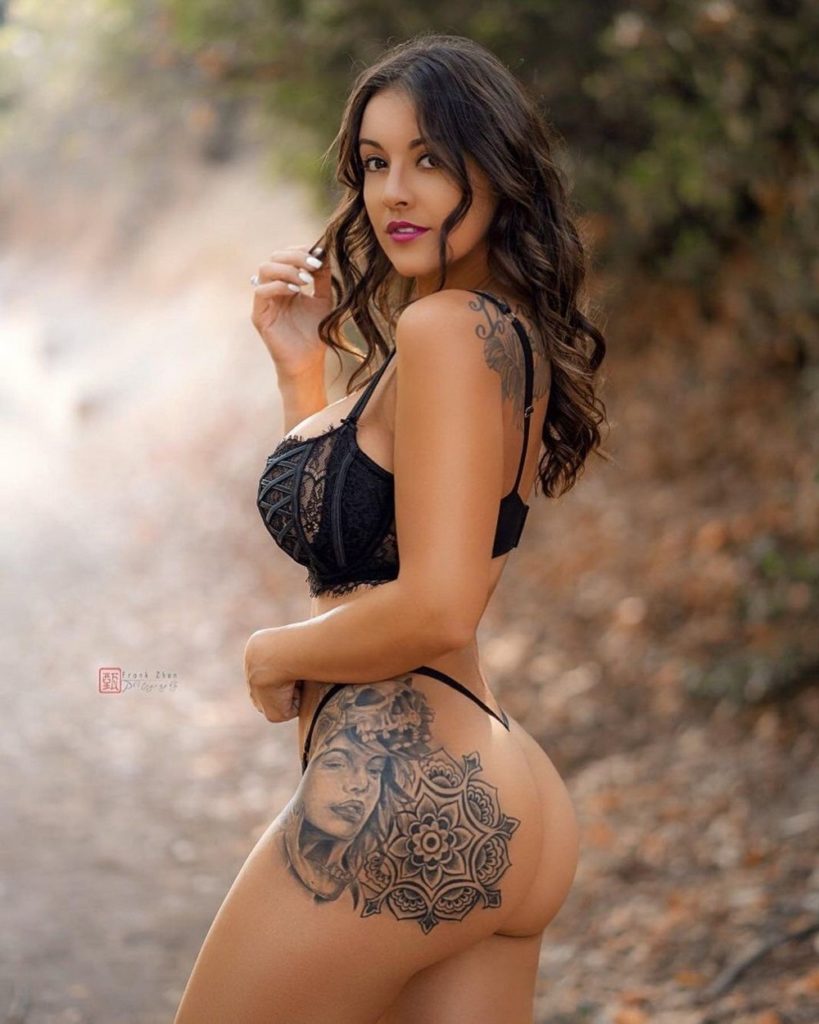0481 084 279
elitelookbyelena@gmail.com
0481 084 279
elitelookbyelena@gmail.com

At long last, the art world seems to be taking tattoo in Perth seriously. No longer dismissed as mere decorations or taboo symbols of counterculture, tattoos are gaining recognition as a legitimate form of artistic expression. In this article, we explore how tattoos have evolved into high art, challenging conventional notions of beauty, identity, and creativity.
Tattoos have been around for thousands of years, serving various purposes across cultures and epochs. However, it was not until the 20th century that tattoos became mainstream in the Western world. From sailors and soldiers to bikers and rock stars, tattoos were associated with rebellious, masculine, and often stigmatized lifestyles. Many people still hold negative stereotypes about tattoos, associating them with criminality, promiscuity, or lack of professionalism. However, as tattoos became more visible and diverse, their meanings and aesthetics also expanded.
Tattooing is a complex and multifaceted art form that involves not only technical skills but also creativity, communication, and cultural sensitivity. Tattoo artist must master various techniques such as shading, line work, color blending, and composition, while also adapting to clients’ preferences, skin types, and histories. A good tattoo artist must also have a deep understanding of symbolism, mythology, religion, and history, as tattoos often convey personal or collective narratives. Moreover, tattoo artists must navigate ethical and legal issues related to health, safety, consent, and copyright, as well as the competitive and collaborative dynamics of the tattoo community.

Tattoos come in many shapes, sizes, colors, and styles, ranging from traditional tribal patterns to abstract watercolor designs. Some popular tattoo styles include:
Despite the richness and diversity of tattoo art, it has taken a long time for the mainstream art world to acknowledge its value and relevance. Some reasons for this reluctance include the perceived lowbrow or commercial nature of tattooing, the lack of institutional support and recognition, and the bias against outsider or subcultural art forms. However, in recent years, there has been a growing movement to elevate tattooing to the status of high art, by showcasing it in galleries, museums, and art
festivals, as well as by commissioning and collecting tattoo art as fine art. Some notable examples include:
The recognition of tattoo art as a form of high art has significant implications for both the art world and society at large. On the one hand, it challenges the traditional boundaries between “fine art” and “folk art,” “high culture” and “low culture,” “professional art” and “amateur art.” Tattoo art demonstrates that artistic value is not solely determined by academic training, institutional validation, or market appeal, but by the creativity, skill, and cultural relevance of the artist and the artwork. Tattoo art also highlights the importance of diversity, inclusion, and representation in the arts, by celebrating the unique voices and stories of people from different backgrounds, identities, and experiences.
On the other hand, the recognition of tattoo art as a form of high art can also reinforce certain stereotypes and power dynamics. For instance, it can perpetuate the commodification and appropriation of tattoo art by mainstream culture, without acknowledging the cultural and historical contexts from which it emerges. It can also marginalize or exclude certain groups of tattoo artists or styles that do not fit into the dominant narrative of what constitutes “good” or “acceptable” tattoo art. Moreover, it can obscure or downplay the social, economic, and political challenges that tattoo artists face, such as discrimination, exploitation, and legal restrictions.
Tattoo are more than just ink on skin. They are powerful and complex expressions of creativity, identity, and culture, that challenge and enrich our understanding of art and society. As tattoo art gains more recognition and respect, it is essential to appreciate and support its diversity, integrity, and social impact, while also critically examining its strengths and limitations. By doing so, we can celebrate the beauty and value of tattoo art, while also promoting its ethical and cultural significance.
Tattoo have always been an enigmatic symbol of individuality and self-expression, but did you know that they also possess the power to heal the mind and body? In this intricate piece of literature, we will explore the incredible wonders of tattoos, from their capacity to alleviate anxiety and stress to their potential to amplify physical performance. Come join us as we unveil the hidden secrets of tattoos.
Reducing Stress and Anxiety:
It’s common knowledge that stress and anxiety can leave us feeling drained both mentally and physically. However, the incredible nature of tattoos can actually help to soothe these ailments. According to scientific research, the process of getting a tattoo can stimulate the release of endorphins – the body’s natural pain relievers and mood enhancers. This results in a surge of euphoria and tranquility, making tattoos an effective remedy for stress and anxiety.
Enhancing Physical Performance:
Tattoos have been linked to enhanced physical performance, particularly in endurance sports. Studies have demonstrated that athletes with tattoos often exhibit a higher threshold for pain and a lower sensitivity to pain perception. Consequently, they can perform better in grueling workouts or competitions, pushing beyond their limits to achieve greatness.
Boosting Self-Confidence:
For some individuals, tattoos can be an impactful experience that transforms them into a more confident and self-assured version of themselves. Through the art of tattoos, they can reclaim their bodies, express their distinctiveness, and raise their self-esteem. Numerous studies have shown that those who get tattoos report a heightened sense of empowerment and self-confidence after the experience.
Promoting Healing:
Apart from their psychological benefits, tattoos can also have physical healing properties. Research has suggested that tattoos can help to stimulate the immune system, assisting in the fight against infections and illnesses. Other studies have shown that tattoos can alleviate chronic pain, such as that experienced with fibromyalgia or arthritis.
While tattoos may have once been viewed as controversial or taboo, their immense potential benefits are undeniable. From reducing stress and anxiety to promoting physical healing, tattoos can be a source of restoration for both the mind and body. So if you’re considering getting a tattoo, know that you’re not only investing in a piece of art but also in your overall well-being.




Elite Look cosmetic tattoos in Perth. Elena is a cosmetic specialist and tattooist and in Perth who specialises in the art of creating beautifully natural tattooed lips, brows and eyeliner. Her focus is always on offering clients the best and natural-looking solutions and provide the top quality services to satisfy their lifestyle needs, and physical challenges.
About